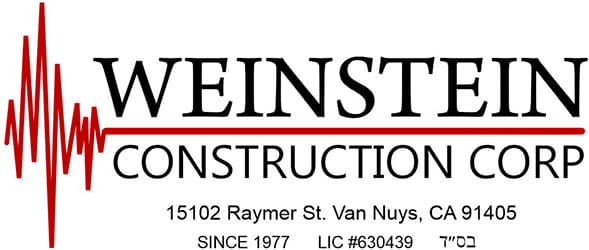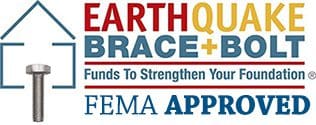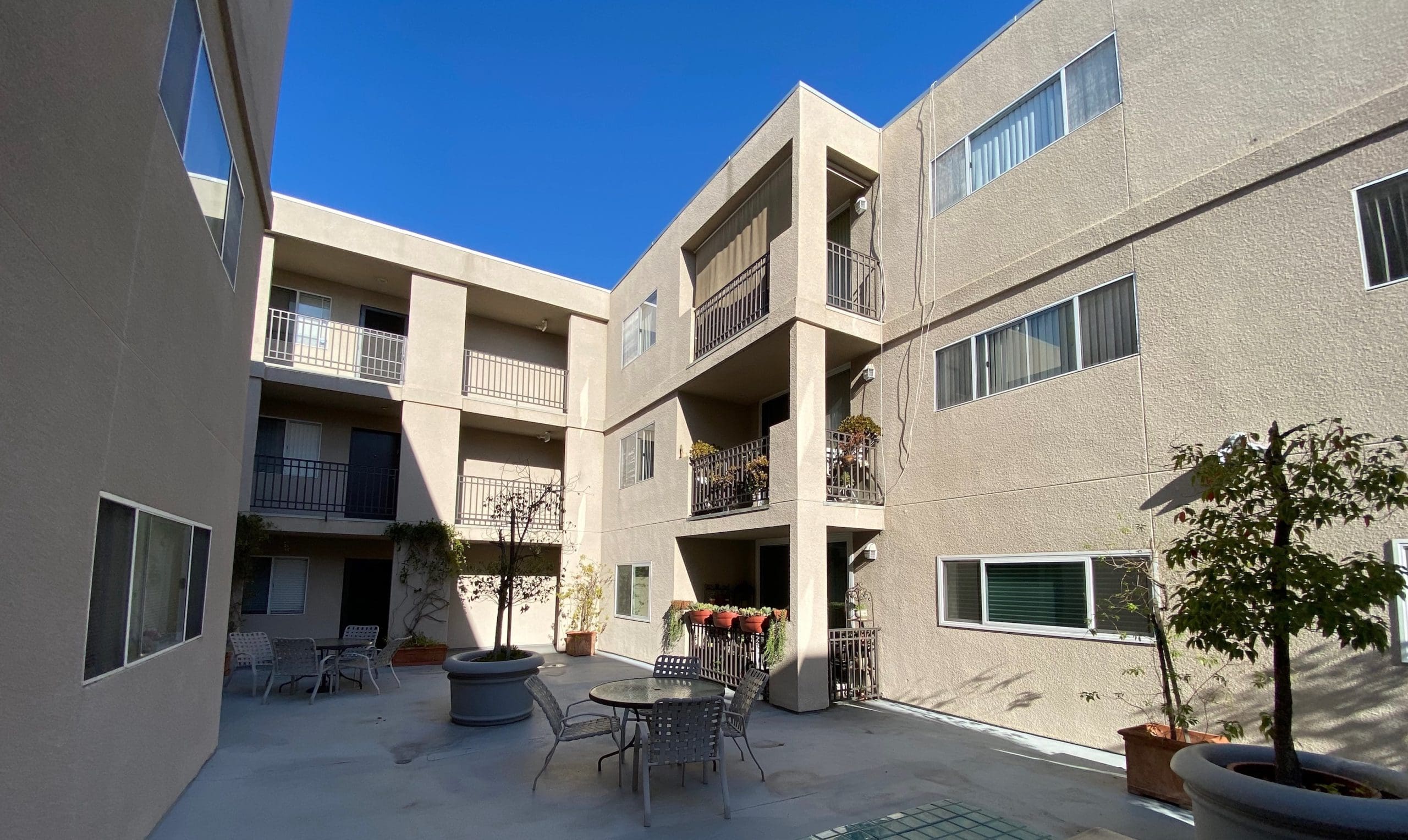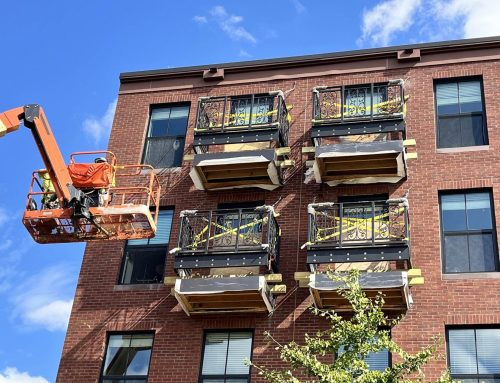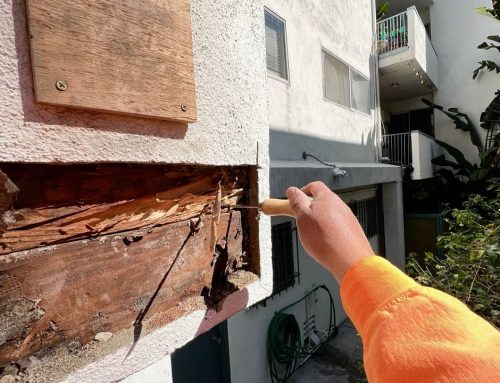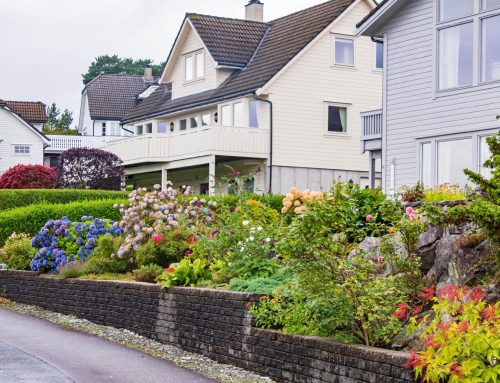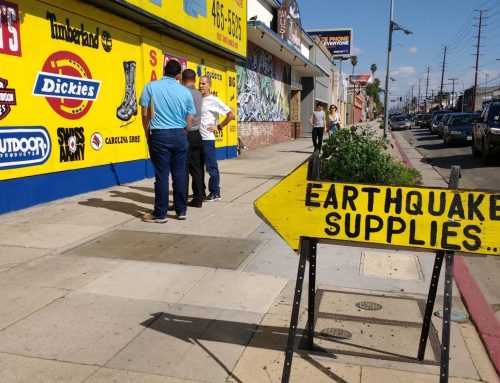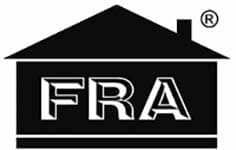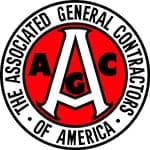For the past few months, we have been hearing more and more from owners of multi-unit residential apartment buildings and condominium home owner associations, asking us for guidance regarding the State of California’s new mandatory Balcony Inspection Laws, and so we thought to put together a short, “plain speak” informational blog post on the subject!
Much in the same way that the City of Los Angeles passed a mandatory ordnance that required earthquake retrofitting for “Soft Story” buildings that were vulnerable to earthquake damage, two new state laws are now requiring mandatory safety inspections and repair of damaged balconies and other “Exterior Elevated Elements” (also called “EEE”, which are defined below).
There are two new state laws at play here, both of which have been “on the books” for a couple of years, and they are similar to one another. The first law is California SB 721, and the second is California SB 326. These laws were passed by the California legislature in response to the death of six UC Berkeley students in 2015, as a result of the collapse of a balcony the students were standing on during a party. The legislature determined that these deaths would have been preventable, if a proper inspection was done to see that the balcony was in poor condition.
It is important to note that one law, SB 721, relates to commercial apartment buildings, and that the second law, SB 326, relates to condominiums or multi-family housing that is controlled by residential Condominium association. While the two laws are similar, they do have some important differences, as noted below.
SB 721 – applies to multi-family residential apartment buildings
This law requires owners of residential apartment buildings that have three or more apartments, as well as EEEs, to undergo a safety inspection by January 1, 2026, and thereafter, at least every six years. Note that not every EEE must be inspected, but rather, the inspection is based on a statistical sample of the building’s EEE.
This safety inspection must be done by a licensed architect, civil or structural engineer, or a specialty-license building contractor. The inspector must review the structural integrity and waterproofing of the building’s EEEs, which include, among others: decks, balconies, stairways, and walkways that: (a) rely in whole or in part on wood structural supports; (b) are elevated more than six feet above ground level; and (c) are designed for human occupancy or use.
If the inspector finds issues that constitute an immediate threat to the safety of the building occupants (e.g., dry rot, structural compromise, rust and corrosion, cracking, etc.), the inspector must report these to the local enforcement agency (e.g., the county’s building department) within 15 days, and the building owners will then have anywhere from 15 to 120 days to undertake the repairs (obviously, immediate threats to life will have to be remediated on an urgent basis).
Owners must apply for a construction permit on non-emergency repairs within 120 days of the inspector’s report, and once the permit is approved, owners typically have 120 days to complete the repair. Those owners who don’t complete a repair may be assessed a civil penalty or get a building safety lien placed on their property.
SB 326 – applies to condominiums and multi-family housing controlled by Condominium associations
This law requires owners of condominium buildings and housing controlled by Condominium associations, that have three or more units, as well as the “EEEs” discussed above, to undergo a safety inspection by January 1, 2026, and thereafter, at least every nine years. Again, not every EEE is to be inspected, but rather, the inspection is based on a statistical sample of the overall number of EEEs.
For condominiums, the safety inspection must only be undertaken by a licensed architect, or a licensed civil/structural engineer, and all immediate safety concerns must be reported by the inspector to the property’s local enforcement agency. Note, however, that while Condominium associations must undertake emergency repairs immediately, if there are no urgent safety concerns, the Condominium association is not mandated a timeline to apply for permit repairs, and essentially has full control of the timing within which to conduct the repairs, and include the repair costs in the Condominium association fees charged to the condo owners.
A Balcony Law Update: California Assembly Bill 2579!
The new California Assembly Bill 2579 (approved on September 28, 2024) which extended the deadline for the initial inspection until January 1, 2026, also mandates that: (i) a new inspection is not required until January 1, 2026, if the property was inspected between January 1, 2016, and January 1, 2019, and thereafter, a new inspection is required every six years; and (ii) if an adequate inspection was conducted between January 1, 2019, and the present time, a re-inspection is not required, until six years after the date of the inspection report, and thereafter, every six years.
What should owners of residential apartment buildings and Condominium associations in the Greater Los Angeles area do now?
While it may seem to some readers of this blog that the January 1, 2026 inspection deadline is far, far away and can be ignored for now, nothing can be further from the truth! This is because while the Los Angeles area is home to many thousands of apartment complexes and condo buildings, the city only has a relatively small number of building inspectors, engineers, and qualified contractors who can inspect and do repair work when necessary!
This means that the more you delay and the closer you get to the inspection deadline, you will see:
(a) Higher demand for inspections
(b) Less availability of qualified engineers, inspectors, and contractors to conduct inspections
(c) Higher prices for inspections and
(d) Higher prices to remediate any safety issues.
There is literally no doubt that getting inspected earlier means having more flexibility to schedule an inspection when you want it, getting a better inspection price, and getting a better price for potential repairs (if any are needed)!
If you are thinking of Googling, “balcony repair contractors near me” or “balcony contractors near me”, don’t delay, we want to be your balcony contractors and help you with your balcony repairs, so call Weinstein Construction today at (800) 862-6582 to schedule your free “Balcony Law” consultation – take advantage of lower prices today and get help in planning for this important and mandatory balcony inspection law California!
